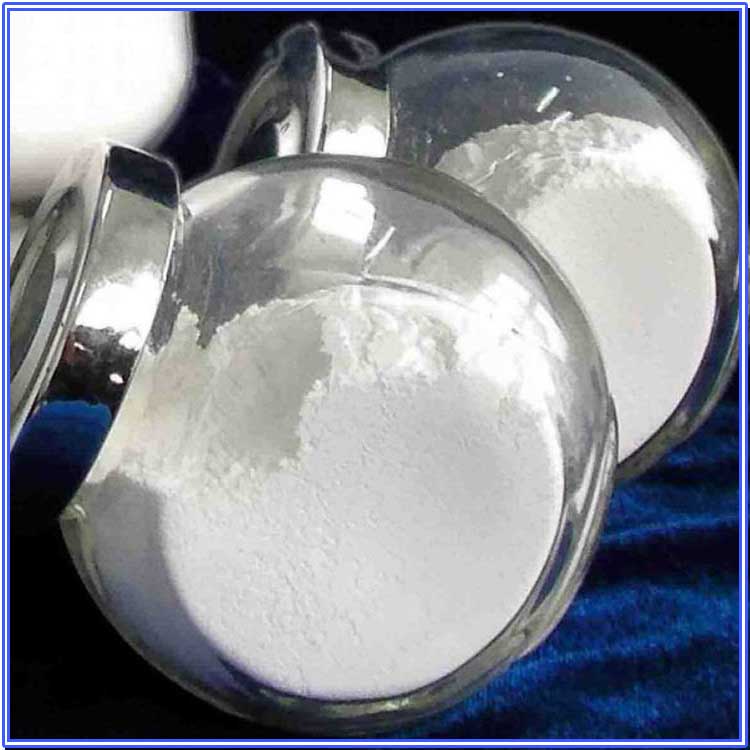Hebei Messi Biology Co., Ltd. stated that the current methods for detecting magnesium oxide activity include iodine adsorption value method, citric acid value method, titration method, etc. The more commonly used is the iodine adsorption value method. The detection steps of this method are as follows: weigh about 1g of sample, accurate to 0.0002g, and place it in a 250mL stoppered dry iodine volume bottle. Use a pipette to transfer 50mL of iodine-carbon tetrachloride solution, cover the bottle stopper, and oscillate on an oscillator for 25min. Then quickly transfer the solution in the bottle to a stoppered colorimetric tube, cover the tube stopper, and place it in a dark place for more than 10min until the solution is clear. Use a pipette to draw 10mL of clear iodine-carbon tetrachloride solution, place it in a 250mL conical flask, add 20mL of potassium iodide ethanol solution, and titrate with sodium thiocarbonate standard solution until the solution is colorless as the end point. At the same time, a blank test is performed according to the following steps: 10 mL of iodine-carbon tetrachloride solution is transferred with a pipette, placed in a 250 mL conical flask, 20 mL of potassium iodide ethanol solution is added, and the solution is titrated with a sodium thiosulfate standard titration solution until the solution is colorless as the end point.

First, carbon tetrachloride is used in this method, which is a colorless, toxic liquid that can dissolve fats, paints and other substances, and has certain damage to the atmosphere and water quality. Long-term exposure to carbon tetrachloride poses a great threat to human health; secondly, the carbon tetrachloride used in the test needs to be recycled and handed over to a professional waste recycling agency for purification or harmless treatment by distillation. Thirdly, the dissolution rate of iodine in carbon tetrachloride is relatively slow. After the drug is prepared, it needs to be shaken and shaken for a few days before it can be used. It needs to be prepared a few days in advance, which is slightly less convenient.
In view of the defects and shortcomings of the existing technology, a safe and convenient method for detecting the activity of magnesium oxide is provided, which has the following advantages:
1. Harmless ethanol is used to replace toxic carbon tetrachloride, which effectively ensures the personal safety of practitioners. By adjusting the solution concentration and the shaking time, the same detection results as the carbon tetrachloride method can be achieved. Harmless analytical pure ethanol is used as a solvent to dissolve iodine, reducing the threat of reagent volatilization to human health, and simplifying the disposal of waste liquid. In addition, iodine dissolves quickly in ethanol, and can be calibrated for detection after a few hours, which improves the cheapness of detection;
2. The preparation time of iodine solution is shortened, and the timeliness and operability of detection are improved;
3. The recovery and disposal of waste liquid are simplified, and the damage to the environment caused by pouring it into the sewer without treatment is eliminated.
